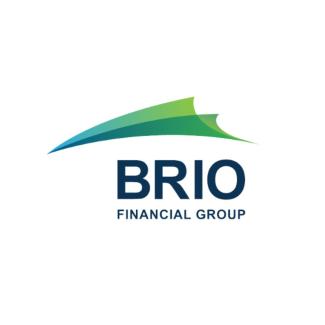
Set Goals as You Save & Invest
by Brandon Miller on May 1, 2018
Goals give you focus. To find and establish your investing and saving goals, first ask yourself what you want to accomplish. Do you want to build an emergency fund? Build college savings for your child? Have a large retirement fund by age 60? Once you have a defined motivation, a monetary goal can arise.
It can be easier to dedicate yourself to a goal rather than a hope or a wish. That level of dedication is important, as saving and investing usually comes with a degree of personal sacrifice. When you dedicate yourself to a saving/investing goal, some positive financial “side effects” may occur.
A goal encourages you to save consistently. If you are saving and investing to reach a specific dollar figure, you likely also have a date for reaching it in mind. Pair a date with a saving or investing goal, and you have a time horizon, a self-imposed deadline, and you can start to see how you need to save or invest to try and achieve your goal, and what kind of savings or investments to put to work on your behalf.
You see the goal within a larger financial context. This big-picture perspective may help you from making frivolous purchases you might later regret or taking on a big debt that might impede your progress toward reaching your target.
You see clear steps toward your goal. Saving $1 million over a lifetime might seem daunting to the average person who has never looked at how it might be done incrementally. Once the math is in place, it might not seem so inconceivable. The intimidation of trying to reach that large number gives way to confidence – the feeling that you could realize that objective by contributing a set amount per month over a period of years.
Those discrete steps can make the goal seem less abstract. As you save and invest, you may make good progress toward the goal and attain milestones along the way. These milestones are affirmations, reinforcing that you are on a positive path and that you are paying yourself first.
Additionally, the earlier you define a goal, the more time you have to try and attain it. Time is certainly your friend here. Say you want to invest and build up a retirement fund of $500,000 in 30 years. If you save $500 a month for three decades through a retirement account returning 7% annually, you will have $591,839 when that 30-year period ends. If you give yourself just 20 years to try and save $500,000 with the same time frame and rate of return, you may need to make monthly contributions of about $975. (To be precise, the math says that over two decades, monthly contributions of about $975 will leave you with $501,419.)1
When you save and invest with goals in mind, you make a commitment. From that commitment, a plan or strategy emerges. In contrast, others will save a little here, invest a little there, and hope for the best – but as the saying goes, hope is not a strategy.
Brio Consultants, LLC dba Brio Financial Group is a Registered Investment Adviser. This is solely for informational purposes. Advisory services are only offered to clients or prospective clients where Brio Financial Group and its representatives are properly licensed or exempt from licensure. Past performance is no guarantee of future returns. Investing involves risk and possible loss of principal capital. No advice may be rendered by Brio Financial Group unless a client service agreement is in place.
Citations:
1 - bankrate.com/calculators/savings/compound-savings-calculator-tool.aspx [4/26/18]
